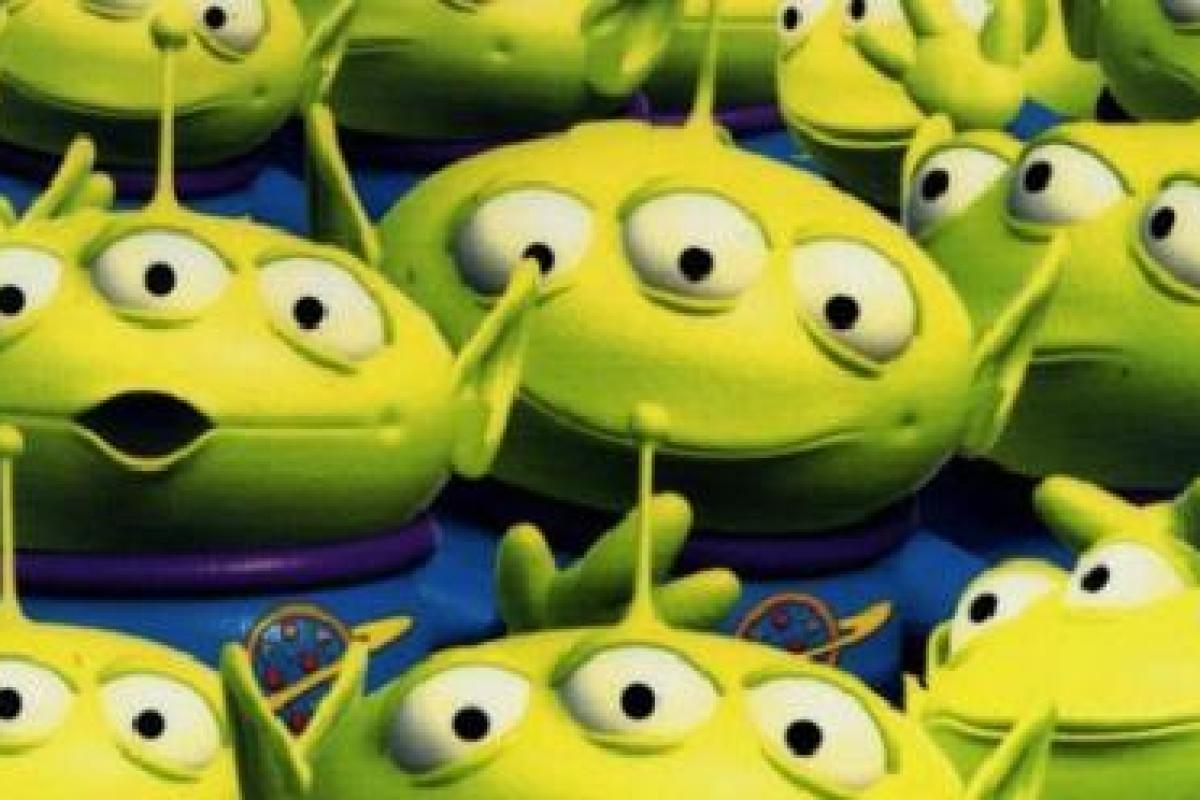How might toy aliens and elephants help us to follow through on our plans and intentions?
The basic idea is that when we want to avoid forgetting to follow through on a firm intention or plan, we pick a distinctive, salient cue to cognitively associate with our intention, and place said cue in the environment where we will need to later perform that behaviour.
This relates to the concept of ‘make a plan’ also known in behavioural science as ‘implementation intentions’. This is when we form a plan using the formula "If_____, then____" - where we perform the intended behaviour when we see the chosen distinctive cue in the environment. For example,
- We may park on a steep hill and so need to leave the car in gear so we place something novel - perhaps the ice scraper or a flower - on the driver's seat to remind us to take it out of gear before we drive off. Here the formula would be ‘If I see the ice scraper on my seat, not where it should be, I need to take the car out of gear.’
- Or we may need to remember to post an important form the next morning - perhaps a mortgage application or tax return - so we place a toy animal - such as an elephant - by the front door which we should see on our way out the house. Here the formula would be ‘If I see my toy elephant, I need to pick up the form to post.’
This novel idea was tested in research conducted by two Harvard-based behavioural scientists -Todd Rogers and Katy Milkman. Their paper – recently published in Psychological Science - reveals findings from six different experiments on the effectiveness of what they call 'reminders through association'.
Here, we sum up some of their conclusions:
1. What makes a cue distinctive and therefore successful?
If you are applying this insight with a client or for yourself, it's important to know what makes an effective, successful cue. Rogers and Milkman identify key features and properties:
- Novel: The cue must have been rarely encountered in the past, so it is novel and not part of the usual environment or routine;
- Salient: The cue must be salient and distinctive, standing out from the background clutter so that people notice it;
- Multi-sensory: Cues can draw on any of the five senses e.g. can be visual, auditory, olfactory, gustatory or tactile. Cues of this type were found to be more effective than written reminders; and
- Location specific: Cues must be present in exact context where the behaviour can be carried out as intended.
2. When are these types of cue-based reminders better than other types of reminder?
There may be occasions where digital, time based reminders may be unsuitable since we may wish to opportunistically follow-through on an intention which may occur at an unknown time in the future, determined more by location or an event than a set time. For example, we may want to remember to buy more coffee the next time we are in our favourite deli, or more bin liners at the supermarket. Purchases such as these are also typically infrequent and therefore not part of any habitual routine so harder to make sure we do.
These types of reminder may also be useful when digital technology is not available or hard to access - perhaps when we suddenly remember we need to do something the next morning when lying in bed about to sleep and are away from our phones or a pen and paper.
You can read more about Rogers and Milkman's research here.
We hope this inspires you to think up some novel, cue-based reminders so you can execute all your well made plans! Here in The Behavioural Architects’ offices, you can see from the images below that this idea has made quite an impression on people!
Captions: Using toy elephants as reading reminders and toy aliens as a desk-based task reminder.
Read more from Crawford Hollingworth in our Cluhouse.
